Inside the Classroom of a Special Education Teacher
Ms. Visser opens each of her classes with a review of the previous lesson to make sure each student understands past and new material.
Every teacher has their own style in the classroom. Whether the subject is history or math, the class is more hands on or project-filled, each classroom is different. Here at Lakeland Regional High School, the teachers among the special education department each have their own unique way of running their classrooms everyday.
Biology
A typical class for biology teacher Ms. Heather Visser starts off with a review of the previous lesson in order to transition into the new material. For her biology classes, after a review, her students partake in a hands-on activity, laboratory project, or a simulation.
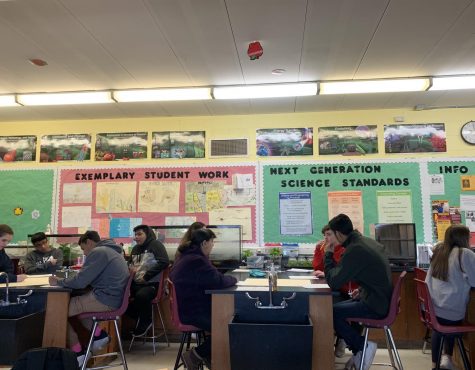
One of Ms. Visser’s biology classes working hard on a group assignment, one of the many activities she includes within her classes to engage students.
Once her students have finished their activity, they discuss and analyze their results, and determine why those results were received. Ms. Visser explains that “ending class this way serves to review/reinforce and wrap up.”
For Ms. Visser, the most important aspect of her class is her discussion. She explains how it provides her students with “the opportunity to brainstorm together and formulate their own understanding of the concept being taught before putting their ideas into writing.”
As a teacher, Ms. Visser has the opportunity to individualize each of her students education as she works within a small class, which is difficult for teachers who have larger classes.
History
For history teacher Ms. Amanda Higgins, a normal day within her classroom simply does not exist. She says, “Everyday is a new day, a new adventure, with new challenges and new breakthroughs.”
Throughout her block, she teaches several different mini-lessons. By doing so, she helps avoid the difficulty some students have with sitting in one place and completing a single task, and it allows for Ms. Higgins to reach different types of learners more fluidly. The mini-lessons consist of varied activities, such as listening, writing, examining, creating, etc. The various activities allow her students to apply themselves in different ways.
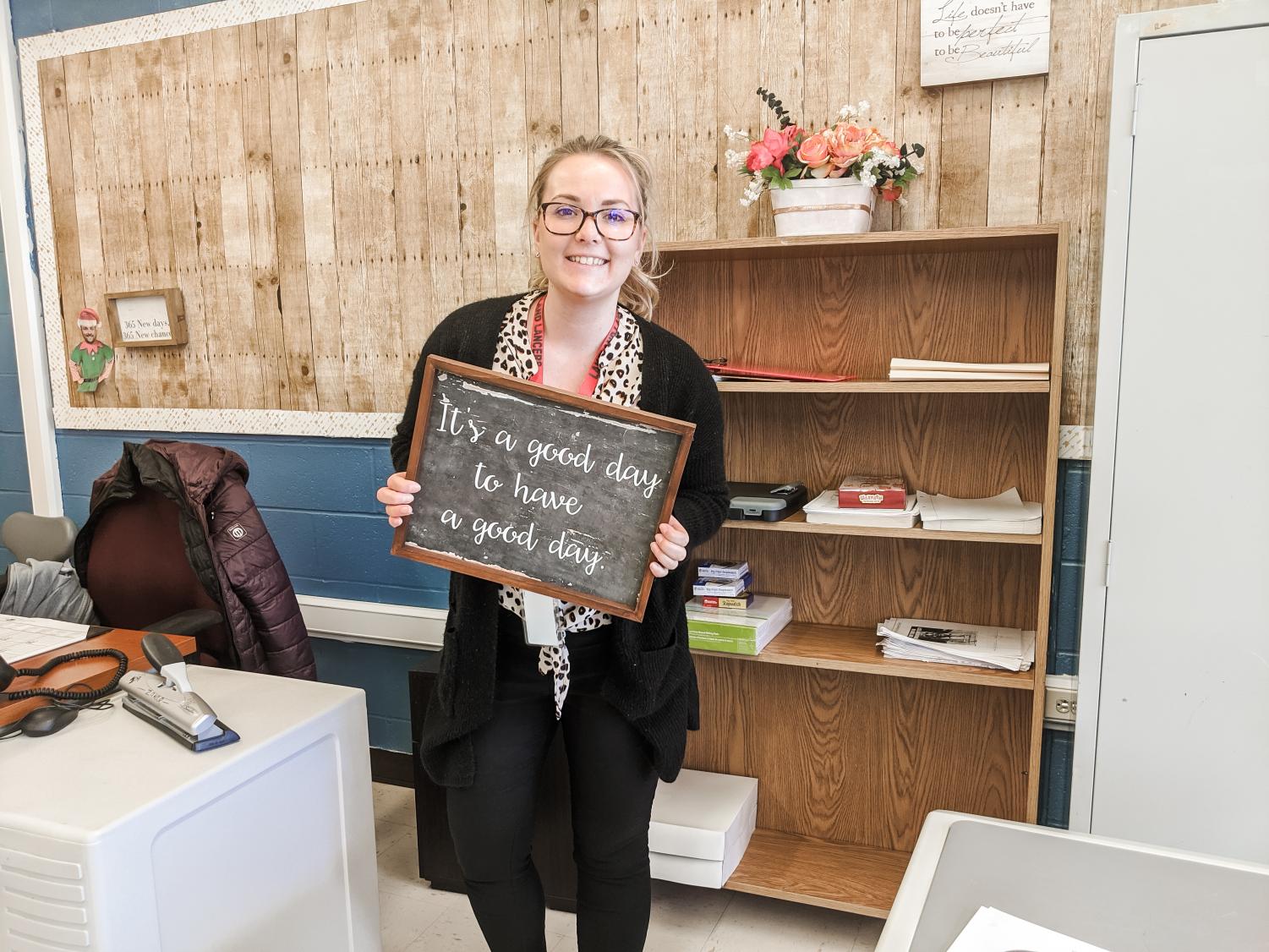
Ms. Higgins, posing with a quote she enjoys, says her classes thrive with varied activities throughout the 80 minute block.
Another unique aspect of Ms. Higgins’ class is the way she challenges her students to connect what they have learned to their everyday lives. “Encouraging connections from their learning to everyday life, current political hot-topics, and their personal lives is one way I try to avoid being ‘boring’,” Ms. Higgins explains.
For Ms. Higgins, one of the biggest ways her job differs from a general education teachers’ is through surveys called a “PLAAFP,” which reveals to support staff and teachers if students are meeting goals in their classes. This information is taken into consideration, along with individual student’s IEPs, or individualized education plan. An annual review is held every year where each IEP is discussed and improved to better meet the students’ needs.
Before these meetings, Ms. Higgins is given a survey to write about each student’s current performances and any recommendations for the following years. Following, Ms. Higgins must “create goals and objectives for the student for the following year in a separate survey.” Some students require multiple surveys throughout the year.
Math
Math teacher Ms. Jenni Harmon works within two different types of classrooms: inclusion classes and resource level.
Inclusion classes consist of a general education and a special education teacher. The students in the class are both students with or without IEPs and learn the same content as other math classes, but some students receive special accommodations to learn more efficiently. This may include extra notes or a certain place to sit in the classroom.
Resource level classes consist of smaller classes, with only a special education teacher and possibly an aide. Like inclusion classes, students in resource level classes learn the same material as other math classes but with special accommodations.
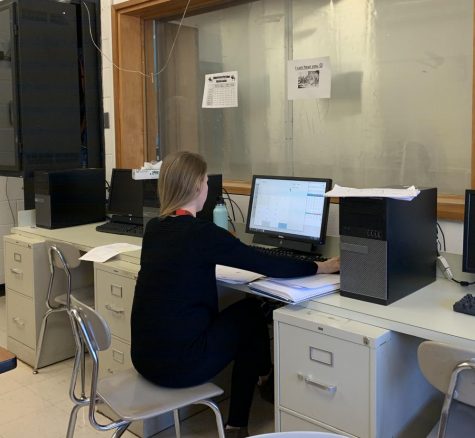
Ms. Harmon, hard at work grading her students papers, believes that making her students feel comfortable in her classroom is a key to success.
For Ms. Harmon, she believes, “The best thing to do is to make sure the students feel comfortable enough in the classroom so that they can be themselves.” She says they are the ones who make her classes unique.
For her resource level classes, Ms. Harmon tries not to lecture for the entire block. She explains how different students have their individual needs, and it may be difficult for some to stay focused for 80 minutes. Ms. Harmon gives them an opportunity to “learn from their peers, practice work on their own, and ask for extra help from myself or the classroom aide.”
Overall, Ms. Harmon explains her job differs from a general education teacher as “special education teachers need to be more knowledgeable and aware of the many different struggles” that their students may be facing, along with having certain tools and strategies to help students hurdle over their disabilities.
Overall, the Special Education Department here at Lakeland is full of several dedicated teachers who devote their time toward helping their students reach success.
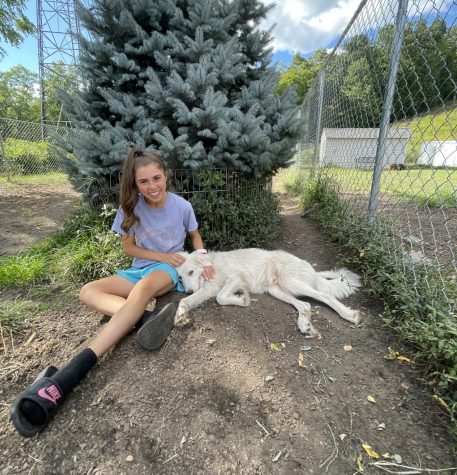
Morgan is a senior at Lakeland, and is beyond excited to be this year’s Editor-in-Chief for The Lancer Ledger. This is her fourth year writing for the...


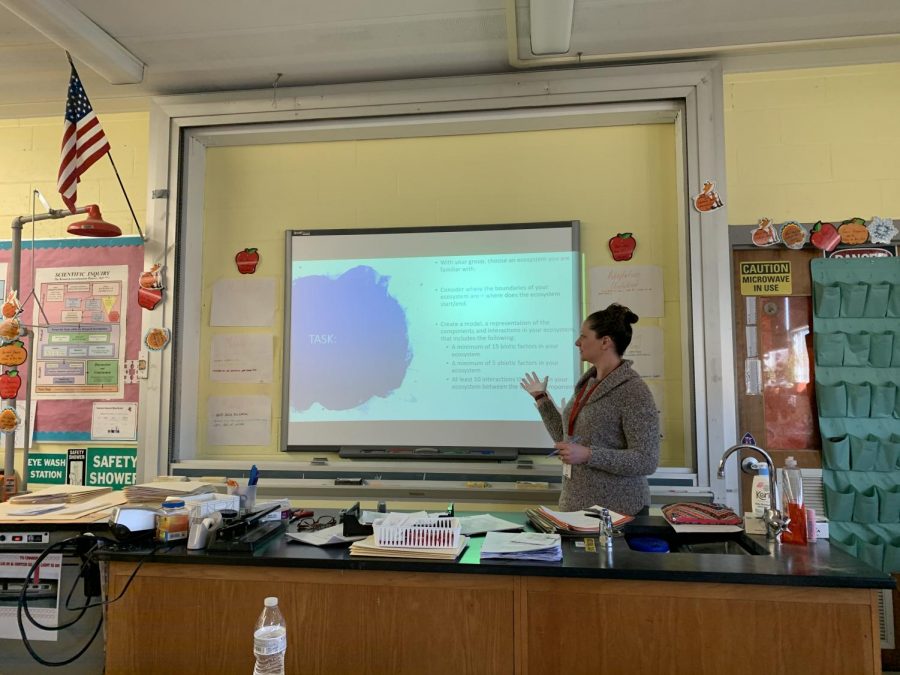
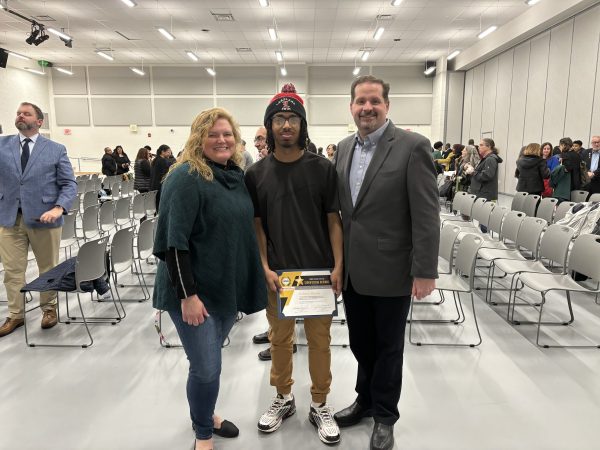
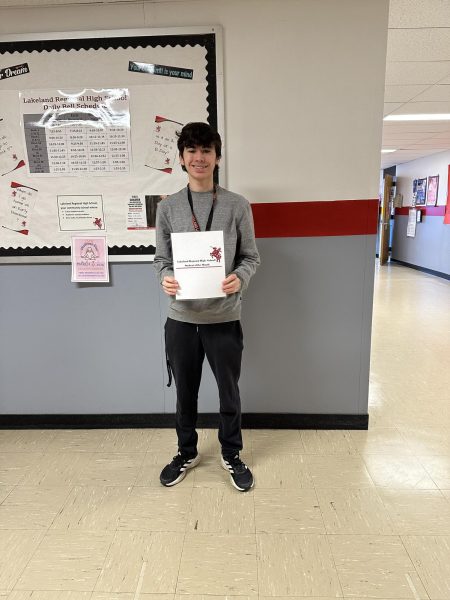
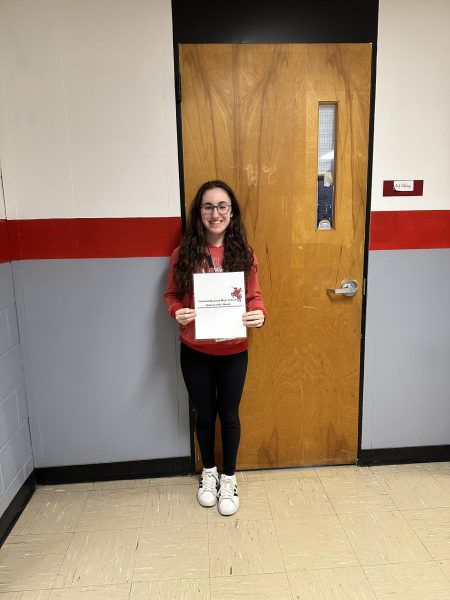
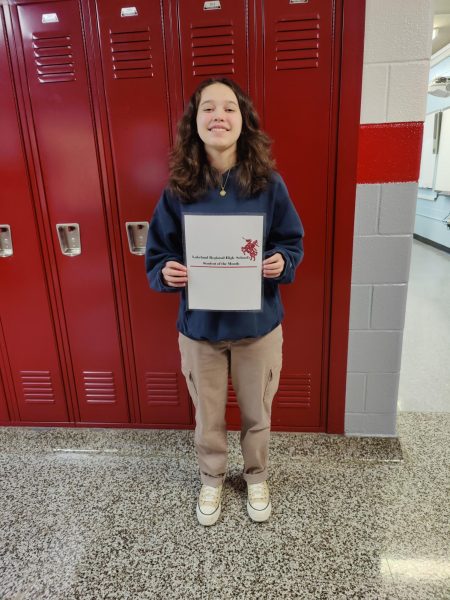



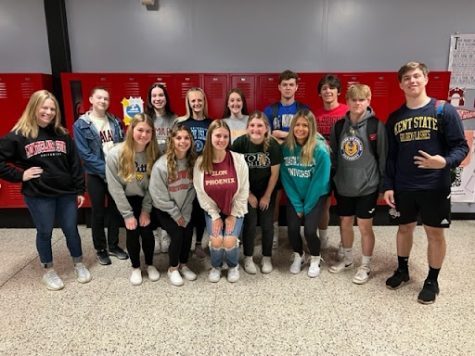

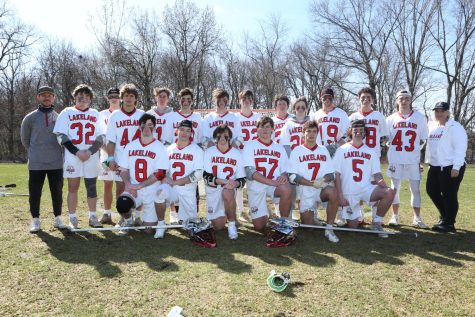
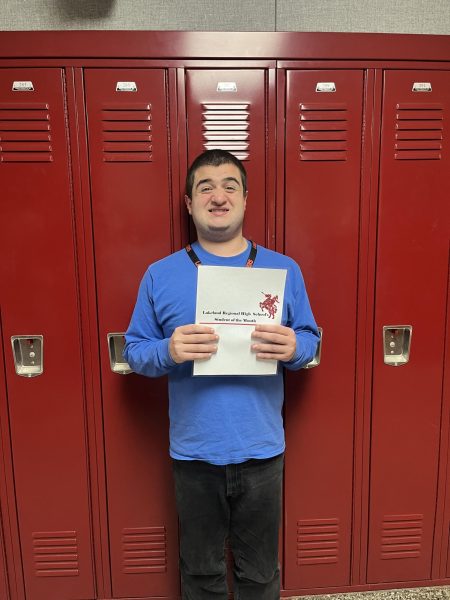


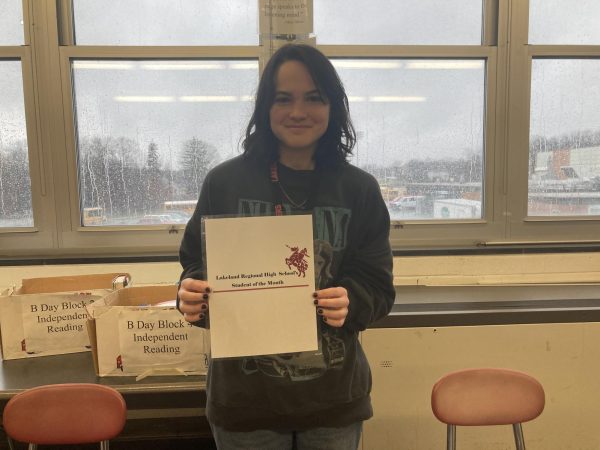
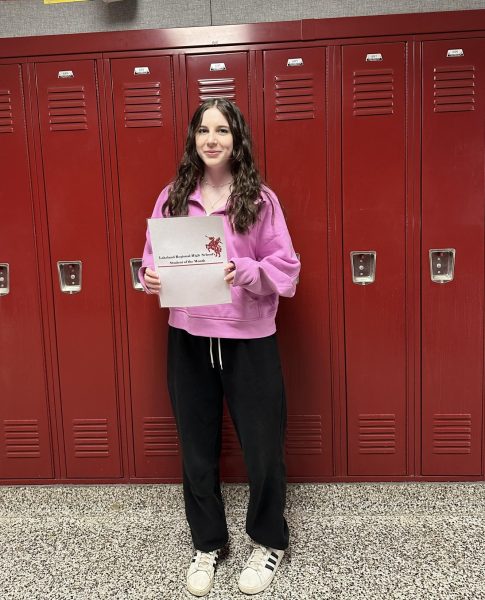
Ann Pagano • Feb 7, 2020 at 5:57 pm
Great read. Really informative and interesting.